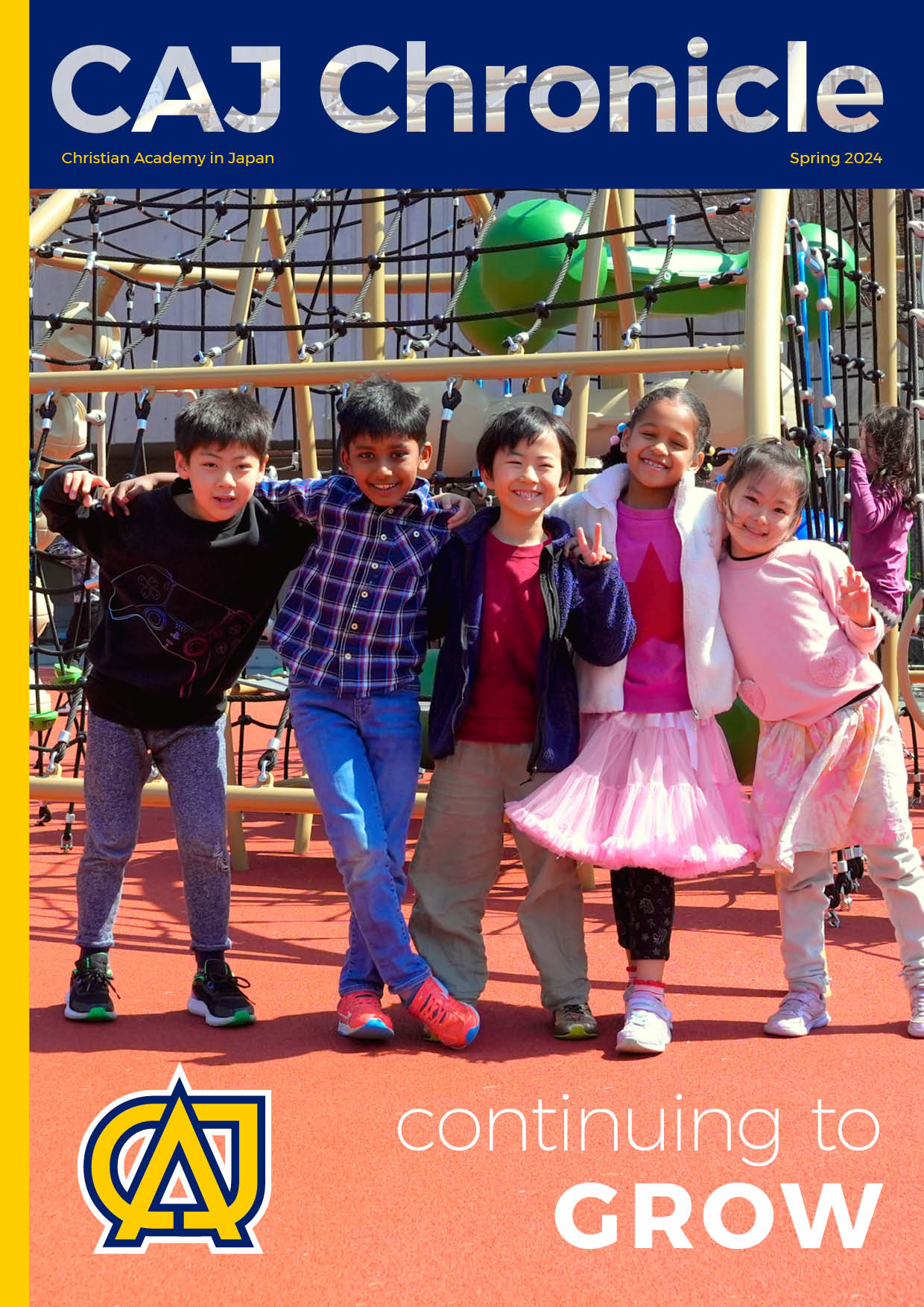Difference between revisions of "Child Protection Policy, Appendices"
| Line 1: | Line 1: | ||
| − | <sophie article=" | + | <sophie article="Child Protection Policy, Appendices" /> |
Latest revision as of 15:25, 13 February 2020
#REDIRECT Child Safeguarding Policy, Appendices




